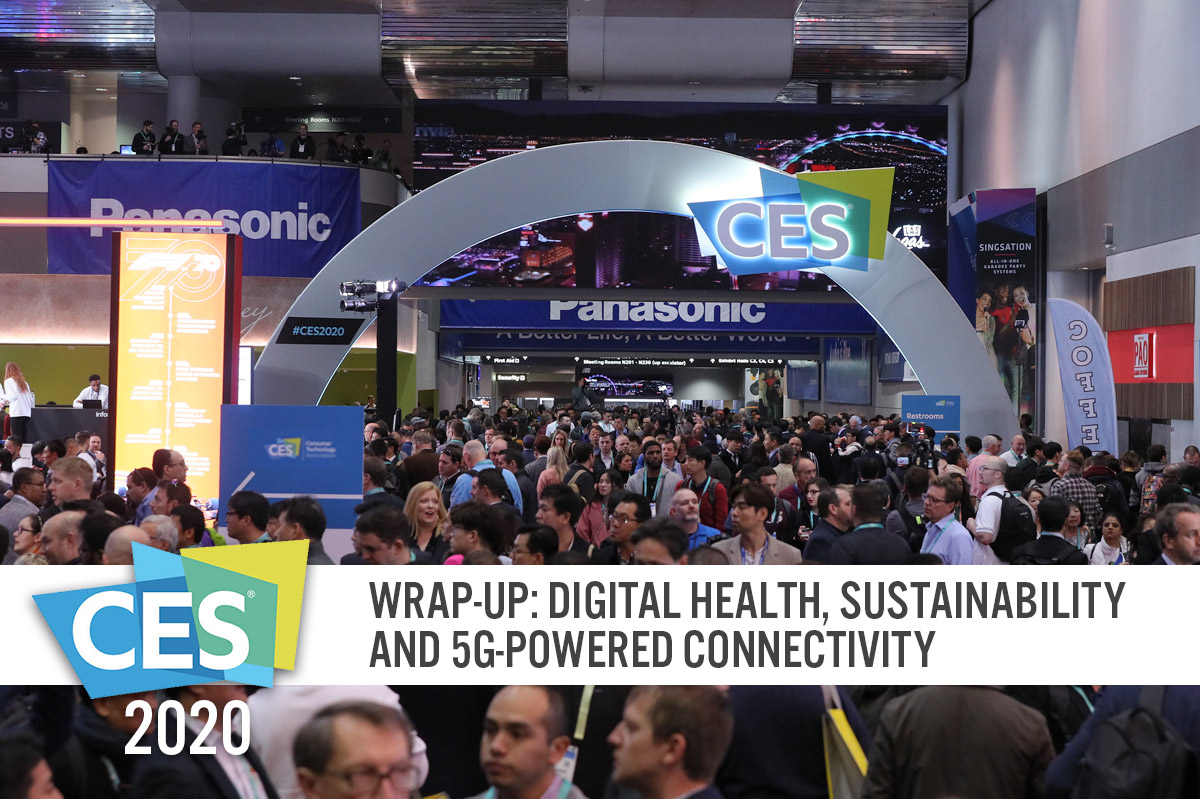
DIpil Das
CES 2020 held 300 conference sessions with 1,100 speakers, covering topics such as 5G connectivity, AI, augmented and virtual reality technologies, health and wellness, robotics, smart cities, sports and more. More than 1,200 startups from over 45 countries participated in the event.
We present our top five insights from CES 2020, with a focus on healthcare and sustainability.
Digital health is surging, and consumers want easier, cheaper and more approachable healthcare services.
One in four families worry about the cost of a doctor’s visit, and one in three do not seek care at all, citing cost and complexity as primary reasons, according to data from Grand View Research. The digital health market is therefore growing, with the market research firm finding that in 2018, 42% of US consumers used digital tools to track their own health. People are increasingly taking advantages of biometric technologies that can increase the efficiency of healthcare services. Grand View Research estimates that the global digital health market will reach $509.2 billion by 2025.
[caption id="attachment_102203" align="aligncenter" width="700"]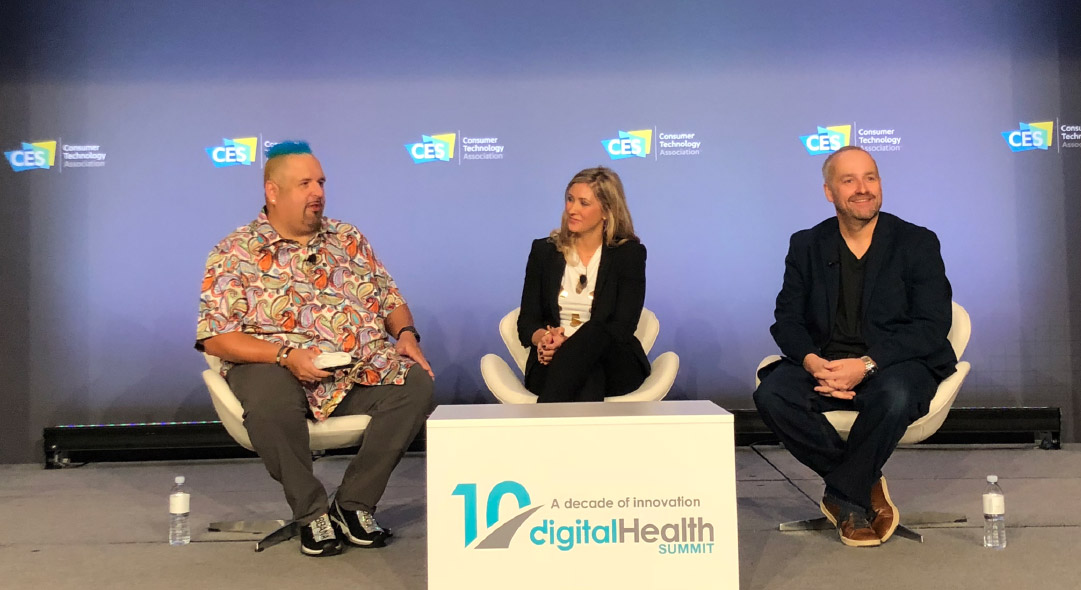 The panel discussion on Walmart Health, from left to right: Shawn Nason, CEO and Eco-System Disrupter, Nason Group; Amber Bynum, Director of Operations, Walmart Health; Matt Parry, Head of Customer Experience and Strategy of Health and Wellness, Walmart
The panel discussion on Walmart Health, from left to right: Shawn Nason, CEO and Eco-System Disrupter, Nason Group; Amber Bynum, Director of Operations, Walmart Health; Matt Parry, Head of Customer Experience and Strategy of Health and Wellness, Walmart
Source: Coresight Research[/caption] There is an increasing consumer focus on “living better,” which presents an opportunity that can be tapped into by retailers from different sectors. For example, Walmart Health partners with expert healthcare providers to consolidate a number of healthcare services into one facility, including primary and urgent care, labs, exams, counseling and dental, optical and hearing services. [caption id="attachment_102204" align="aligncenter" width="700"] The state-of-the-art Walmart Health center in Georgia
The state-of-the-art Walmart Health center in Georgia
Source: Walmart[/caption]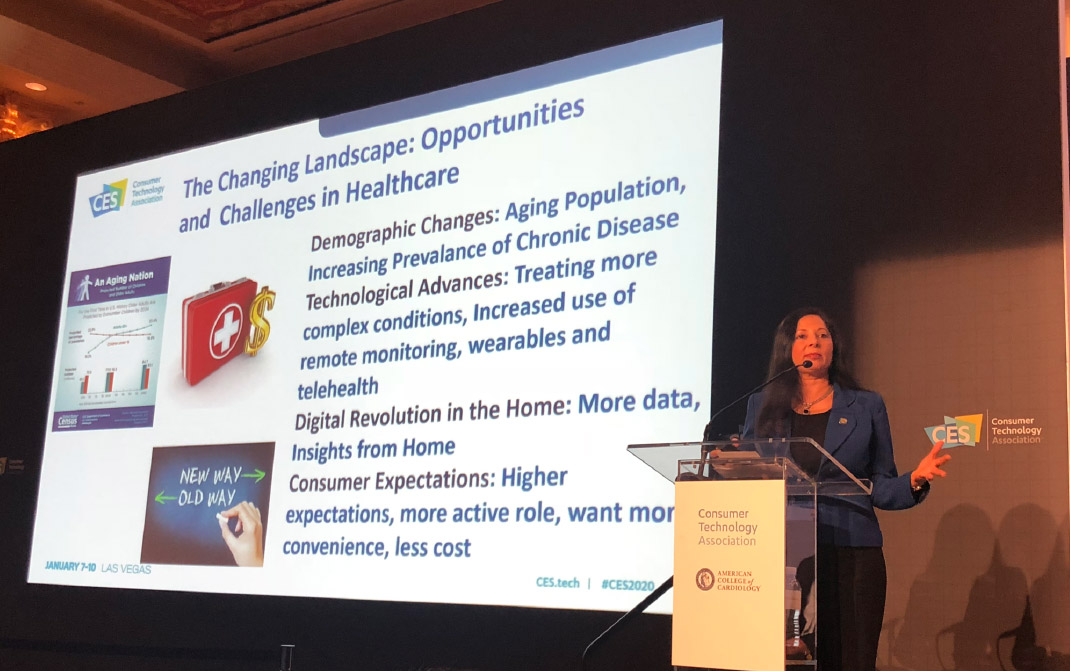 Dipti Itchhaporia, from Jeffery Carlton Heart Institute, presenting on the panel “Welcome Home, Health Car”
Dipti Itchhaporia, from Jeffery Carlton Heart Institute, presenting on the panel “Welcome Home, Health Car”
Source: Coresight Research[/caption] Connected care leverages artificial intelligence, sensors and textile computing to bring convenience and visibility to health monitoring. In the US in particular, there is a widespread reluctance to seek preventative healthcare—80% of Americans admit they delay or forego preventive care, according to online medical-care appointment booking service Zocdoc. On average, Americans visit a doctor four times per year, which is a considerably lower frequency than in other countries: In Japan, people typically have a doctor’s appointment 13 times per year, according to the Commonwealth Fund. Technology is enabling healthcare to be conducted outside of doctors’ practices. Connected care leverages the rapid development of computational power and computer science to offer convenient and smart health monitoring to individuals. Data can be shared easily with healthcare professionals, with benefits to the consumer but also to the community, as this data contributes to the wider medical knowledge base. There are many devices on the market that offer connected care, incorporating artificial intelligence. In addition to wearable hardware such as smart watches, digital technology is being built into fabrics through textile computing, to create smart clothing that integrates sensors for continuous body and health monitoring. [caption id="attachment_102206" align="aligncenter" width="700"] Tony Chahine, CEO of Myant, discussing textile computing
Tony Chahine, CEO of Myant, discussing textile computing
Source: Coresight Research[/caption]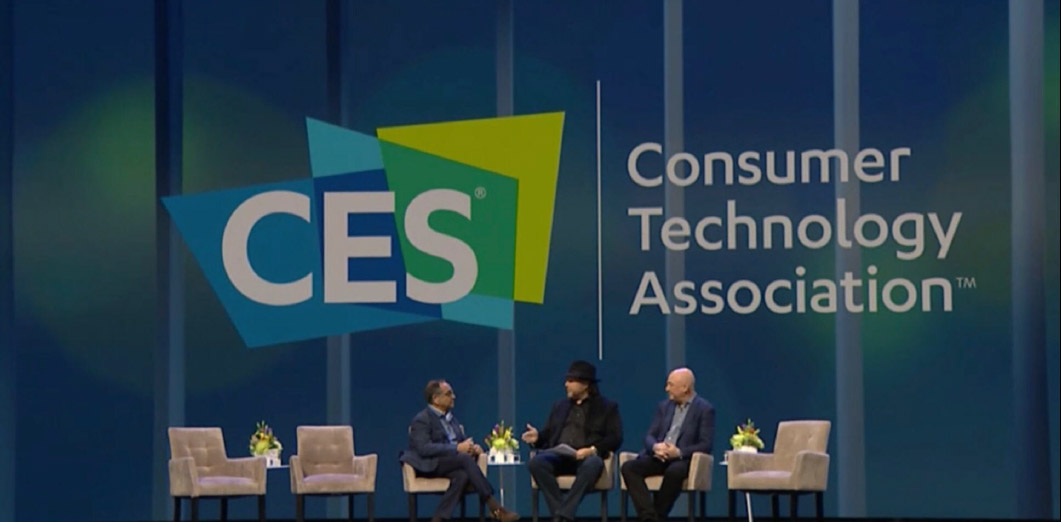 The keynote talk “Good for Business, Good for the Planet: How Companies Drive Positive Impact,” from left to right: Michael Kassan, Chairman and CEO, MediaLink; Marc Benioff, Chairman and Co-CEO, Salesforce; Alan Jope, CEO, Unilever
The keynote talk “Good for Business, Good for the Planet: How Companies Drive Positive Impact,” from left to right: Michael Kassan, Chairman and CEO, MediaLink; Marc Benioff, Chairman and Co-CEO, Salesforce; Alan Jope, CEO, Unilever
Source: Coresight Research[/caption] A number of retailers are offering individual consumers and businesses opportunities to realize a better sustainable future: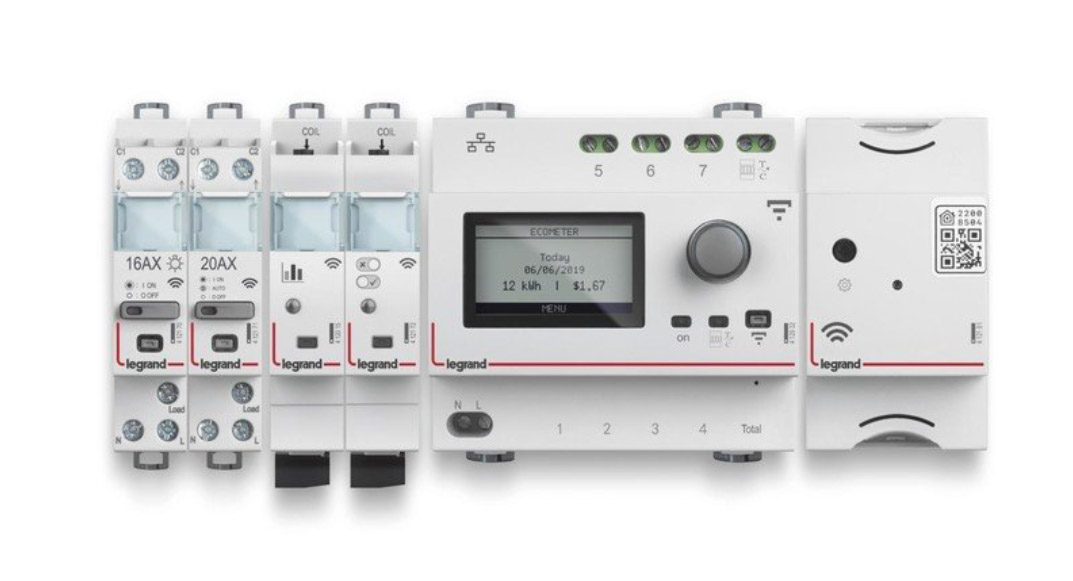 The Drivia Smart Electrical Panel
The Drivia Smart Electrical Panel
Source: Legrand[/caption]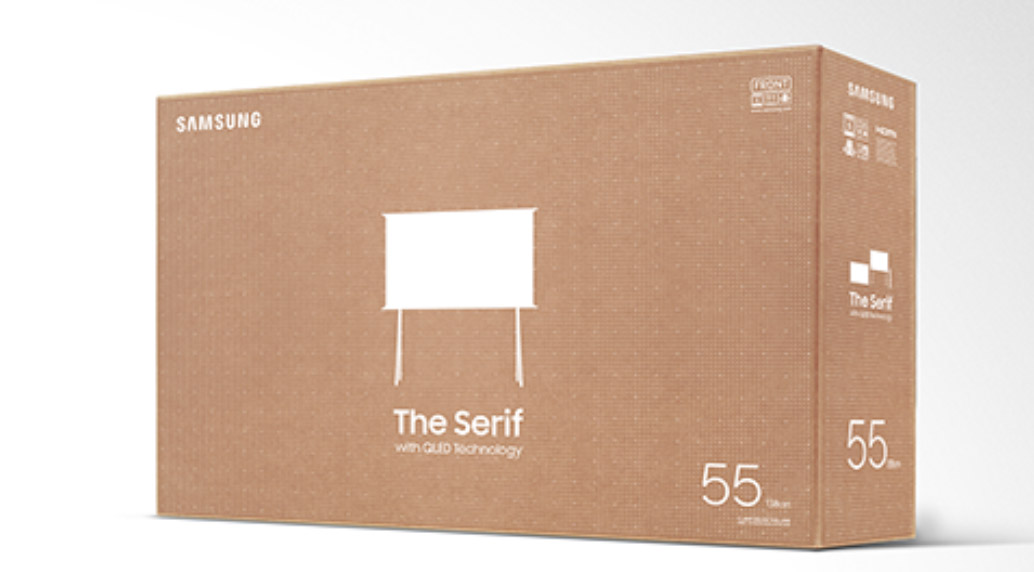 Samsung’s Serif Eco-Packaging
Samsung’s Serif Eco-Packaging
Source: Samsung[/caption] Innovations boom in the entertainment market through streaming services. Streaming services are on the rise, bringing new opportunities for entertainment providers: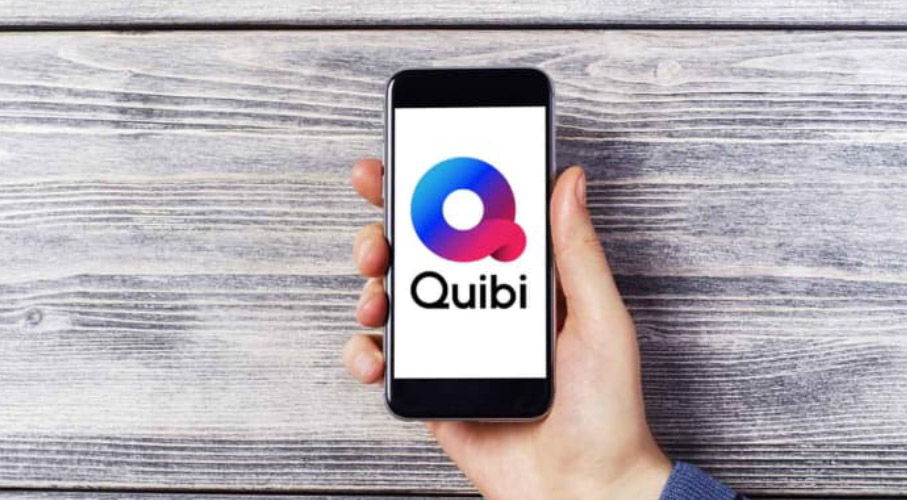 Source:Quibi[/caption]
Source:Quibi[/caption]
 Source: Dabby[/caption]
Source: Dabby[/caption]
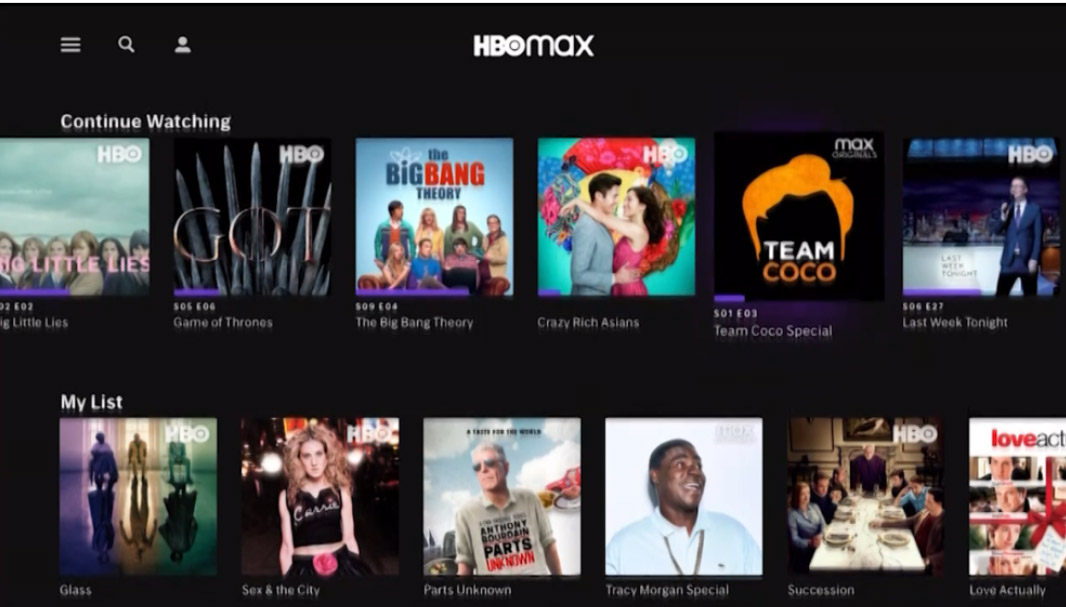 Source: HBO[/caption]
5G will elevate the mobile network to not only interconnect people, but also interconnect and control machines, objects and devices.
Source: HBO[/caption]
5G will elevate the mobile network to not only interconnect people, but also interconnect and control machines, objects and devices.
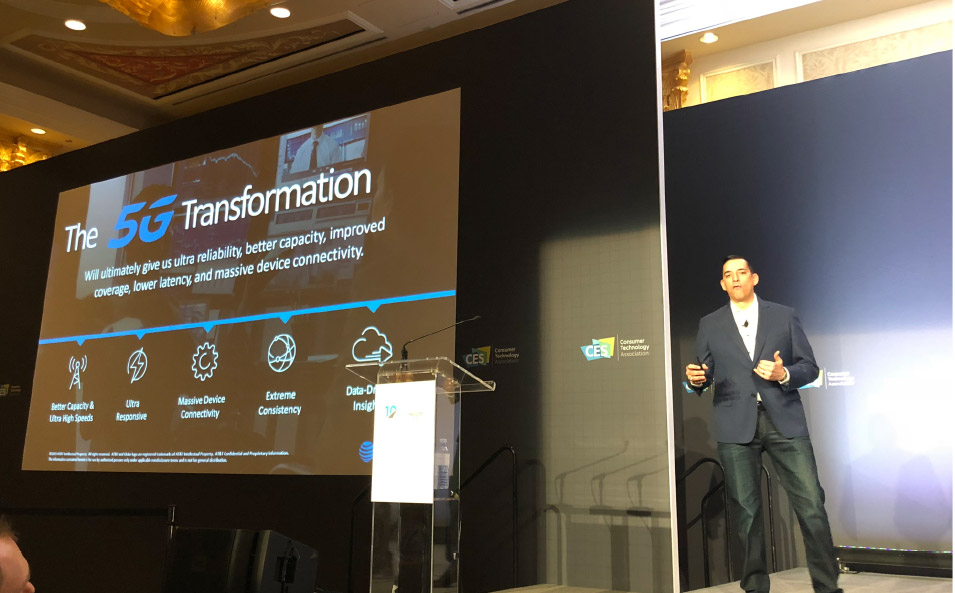 Rod Cruz, Healthcare Solutions General Manager at AT&T, discussing the 5G transformation
Rod Cruz, Healthcare Solutions General Manager at AT&T, discussing the 5G transformation
Source: Coresight Research [/caption]
 The panel discussion on Walmart Health, from left to right: Shawn Nason, CEO and Eco-System Disrupter, Nason Group; Amber Bynum, Director of Operations, Walmart Health; Matt Parry, Head of Customer Experience and Strategy of Health and Wellness, Walmart
The panel discussion on Walmart Health, from left to right: Shawn Nason, CEO and Eco-System Disrupter, Nason Group; Amber Bynum, Director of Operations, Walmart Health; Matt Parry, Head of Customer Experience and Strategy of Health and Wellness, WalmartSource: Coresight Research[/caption] There is an increasing consumer focus on “living better,” which presents an opportunity that can be tapped into by retailers from different sectors. For example, Walmart Health partners with expert healthcare providers to consolidate a number of healthcare services into one facility, including primary and urgent care, labs, exams, counseling and dental, optical and hearing services. [caption id="attachment_102204" align="aligncenter" width="700"]
 The state-of-the-art Walmart Health center in Georgia
The state-of-the-art Walmart Health center in GeorgiaSource: Walmart[/caption]
- Dipti Itchhaporia, from Jeffery Carlton Heart Institute, emphasized that the digital revolution in home healthcare is an opportunity for the retail industry, but a parallel challenge of the data deluge is emerging. Doctors now suffer from the “information paradox,” whereby the quantity of data is vast, but it is difficult to find required information.
 Dipti Itchhaporia, from Jeffery Carlton Heart Institute, presenting on the panel “Welcome Home, Health Car”
Dipti Itchhaporia, from Jeffery Carlton Heart Institute, presenting on the panel “Welcome Home, Health Car”Source: Coresight Research[/caption] Connected care leverages artificial intelligence, sensors and textile computing to bring convenience and visibility to health monitoring. In the US in particular, there is a widespread reluctance to seek preventative healthcare—80% of Americans admit they delay or forego preventive care, according to online medical-care appointment booking service Zocdoc. On average, Americans visit a doctor four times per year, which is a considerably lower frequency than in other countries: In Japan, people typically have a doctor’s appointment 13 times per year, according to the Commonwealth Fund. Technology is enabling healthcare to be conducted outside of doctors’ practices. Connected care leverages the rapid development of computational power and computer science to offer convenient and smart health monitoring to individuals. Data can be shared easily with healthcare professionals, with benefits to the consumer but also to the community, as this data contributes to the wider medical knowledge base. There are many devices on the market that offer connected care, incorporating artificial intelligence. In addition to wearable hardware such as smart watches, digital technology is being built into fabrics through textile computing, to create smart clothing that integrates sensors for continuous body and health monitoring. [caption id="attachment_102206" align="aligncenter" width="700"]
 Tony Chahine, CEO of Myant, discussing textile computing
Tony Chahine, CEO of Myant, discussing textile computingSource: Coresight Research[/caption]
- According to Martha Pease, Partner and Director of BCG, there are five pillars to connected care:
- End-to-end customer experience management, with every stage of the journey requiring touchpoints to engage with patients
- Clear value exchange, whereby reliability of the information is exchanged is key to helping patents access better treatment
- Product to platform—a future of connected, virtual medical platforms that share knowledge, rather than standalone products
- Business impact—companies have a responsibility to create a marketplace that can bring convenience and sustainability to healthcare
- Equity—long-term sustainable development
- In 2019, Salesforce introduced the Salesforce Sustainability Cloud, a carbon accounting product for businesses that aims to accelerate the world’s efforts towards carbon neutrality. The company makes other efforts to operate responsibly and with consideration for others—Marc Benioff, Chairman and Co-CEO of Salesforce, made a commitment to donate 1% of the company’s revenue to charity when the business was initially established.
- Unilever has been a purpose-driven company since its origins, and it now strives to help make sustainable living commonplace. In 2020, Unilever aims to help more than 1 billion people take actions to improve their health and wellbeing. Alan Jope, CEO of Unilever, emphasized that technology has the potential to have massive impacts on society for the better.
 The keynote talk “Good for Business, Good for the Planet: How Companies Drive Positive Impact,” from left to right: Michael Kassan, Chairman and CEO, MediaLink; Marc Benioff, Chairman and Co-CEO, Salesforce; Alan Jope, CEO, Unilever
The keynote talk “Good for Business, Good for the Planet: How Companies Drive Positive Impact,” from left to right: Michael Kassan, Chairman and CEO, MediaLink; Marc Benioff, Chairman and Co-CEO, Salesforce; Alan Jope, CEO, UnileverSource: Coresight Research[/caption] A number of retailers are offering individual consumers and businesses opportunities to realize a better sustainable future:
- Electrical experts Legrand partnered with Netatmo to develop the Drivia Smart Electrical Panel. The device installs directly into the circuit breaker box to connect the entire power infrastructure of a home—including all electrical devices and appliances—directly into the panelboard, which significantly saves power.
 The Drivia Smart Electrical Panel
The Drivia Smart Electrical Panel Source: Legrand[/caption]
- In 2020, Samsung has introduced sustainable, environmentally friendly packaging for its televisions. Its Serif Eco-Packaging allows customers to upcycle the packaging material into small, versatile pieces of furniture. Consumers can scan the QR code on the side of the box to access instructions on how to turn this cardboard box into an accent piece for the home.
 Samsung’s Serif Eco-Packaging
Samsung’s Serif Eco-PackagingSource: Samsung[/caption] Innovations boom in the entertainment market through streaming services. Streaming services are on the rise, bringing new opportunities for entertainment providers:
- Streaming app Quibi will launch on April 6, 2020 with an ad-supported option for $4.99 per month and an ad-free service for $7.99 per month. The service will seek to distinguish itself in the increasingly crowded streaming market by focusing on short-form videos (about 10 minutes or less) across a mix of entertainment and news.
 Source:Quibi[/caption]
Source:Quibi[/caption]
- Streaming device Dabby aims to break down the barriers between streaming services, enabling consumers to search for any video content—provided it is legal and available online—without the use of apps.
 Source: Dabby[/caption]
Source: Dabby[/caption]
- AT&T's HBO Max on-demand service will be launched in May 2020, offering episodes of Friends, Big Bang Theory, Game of Thrones and Watchmen plus its own lineup of original series.
 Source: HBO[/caption]
5G will elevate the mobile network to not only interconnect people, but also interconnect and control machines, objects and devices.
Source: HBO[/caption]
5G will elevate the mobile network to not only interconnect people, but also interconnect and control machines, objects and devices.
- In retail, 5G mobile connectivity is primarily an enabling technology, boosting possibilities for big data-generated customer insights, virtual- and augmented-reality services, smart screens and mobile-cloud services.
- In agriculture, digital tools to be powered by 5G include automated farming equipment, precision agricultural apps and connected micro weather stations. These technologies will contribute to a future of sustainable farming and improved agricultural productivity.
- In healthcare, 5G enables the transfer of large imaging files, as well as having applications in cognitive behavior therapy, medical training, remote robotic surgery and virtual connectivity with medical machines.
 Rod Cruz, Healthcare Solutions General Manager at AT&T, discussing the 5G transformation
Rod Cruz, Healthcare Solutions General Manager at AT&T, discussing the 5G transformation Source: Coresight Research [/caption]